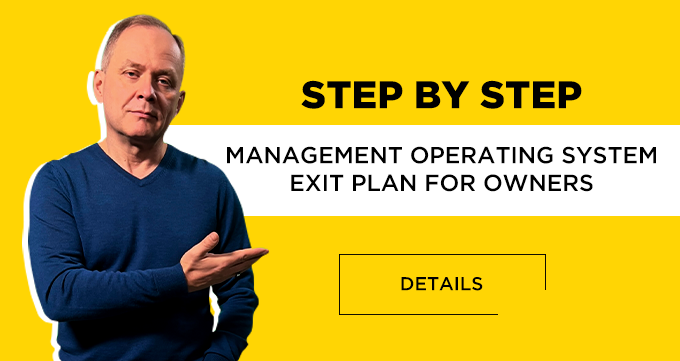How to Avoid Mistakes in the Initial Business Stage
Every business owner has had that moment. It all starts with an idea. On paper, it seems powerful. But the market quickly shows what your idea is truly worth. The "Start" stage isn't about dreams; it's a tough test of adequacy, flexibility, and the ability to sell.
At this stage, there's rarely a linear structure. The team is small, there are no regulations, and everyone does everything. The commercial director might simultaneously be a salesperson, a logistics manager, and the person who personally delivers goods to the client. The owner acts as both strategist and courier.
This is where the main point becomes clear. Some wait for ideal conditions, while others enter the market tomorrow and start gathering feedback. The second path is the workable one.
What the First Client Shows
The first sale isn't just a transaction. It's an acknowledgment: you've provided value for which someone paid, even if the amount is small. It's a signal: your product or service can work. This is where the first valuable end product appears – a model that people are willing to pay for.
New solutions often emerge at this stage. I remember starting a repair business: we offered supplies, but clients wanted something else, namely urgent repairs. The issue was equipment downtime, as every minute meant losses. We restructured the model to meet this need, and demand soared. If you don't sell, nothing happens. No tables, business plans, or logos will save you.
Adaptation is Your Main Weapon at the Start
A Harvard Business Review study showed that successful startups change their initial model at least three times within the first year. This is normal for business, and if you've made a mistake, you need to adapt quickly. Speed of reaction is key.
Well-structured strategic marketing at the start is rare. Entrepreneurs usually shoot in the dark. But if there's sensitivity to demand, you can quickly find the right direction. This is especially evident in retail: the entrepreneur tests the assortment, gets feedback, and draws conclusions. Those who wait for ideal conditions often just burn out.
A common weakness at the start is overestimating resources. One client wanted to launch a service point with expensive equipment; the owners bought everything, set everything up. But they forgot about the main thing: customer flow. Without it, even the best equipment turns into a loss.
The Start is the Foundation Everything Rests On
This is the stage where the business model, management style, and initial customer relationships are formed. It becomes clear who the executive director is and what the owner's responsibilities are. For some, it's the same person; for others, roles are already beginning to separate.
Companies that have consciously passed the "Start" stage scale faster. They understand what consulting is and when to bring in a consulting company to strengthen the model. No illusions. No rose-tinted glasses. Only real actions and the real market – that's business in its purest form. Use our regulations, which we use in Business Booster, to effectively manage your business from the initial stage. You can get the regulations via the link: https://go.bbooster.online/15bf .
The "Start" stage is a filter. It separates ideas that sound good from those that work. What matters here isn't fantasies, but actions. The first sale, quick adaptation, and the ability to listen to the client – that's what determines whether your business will survive.

